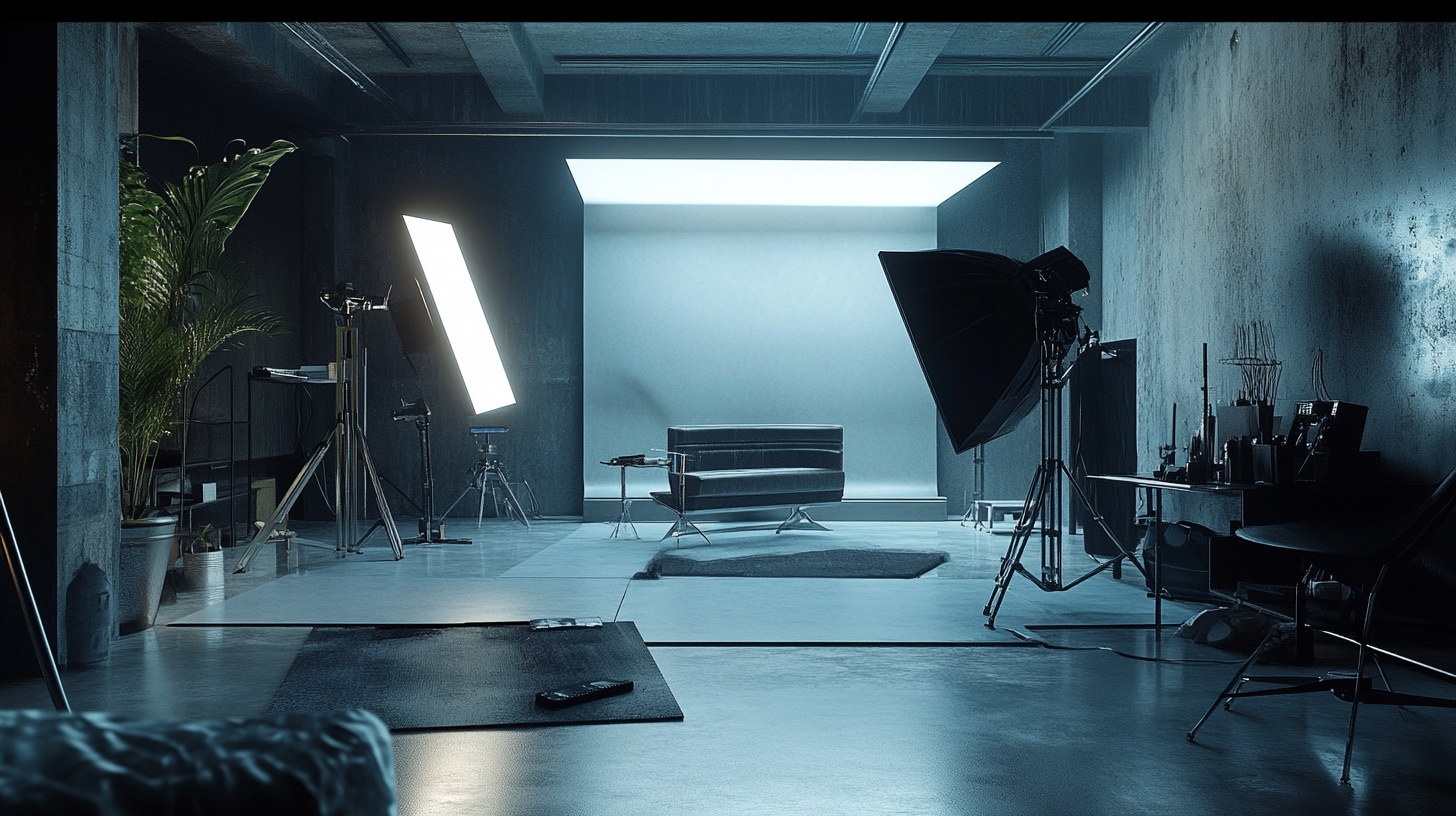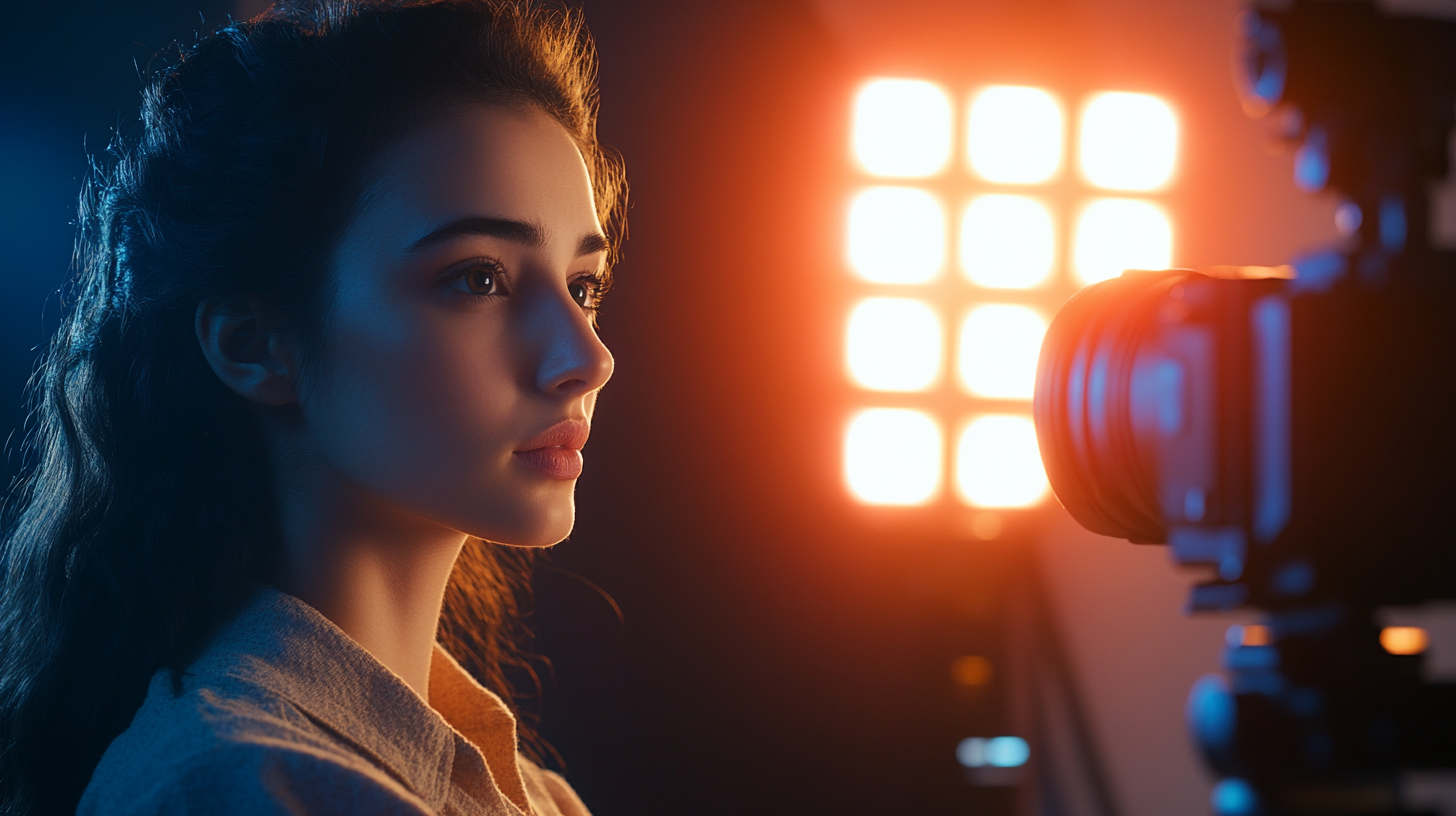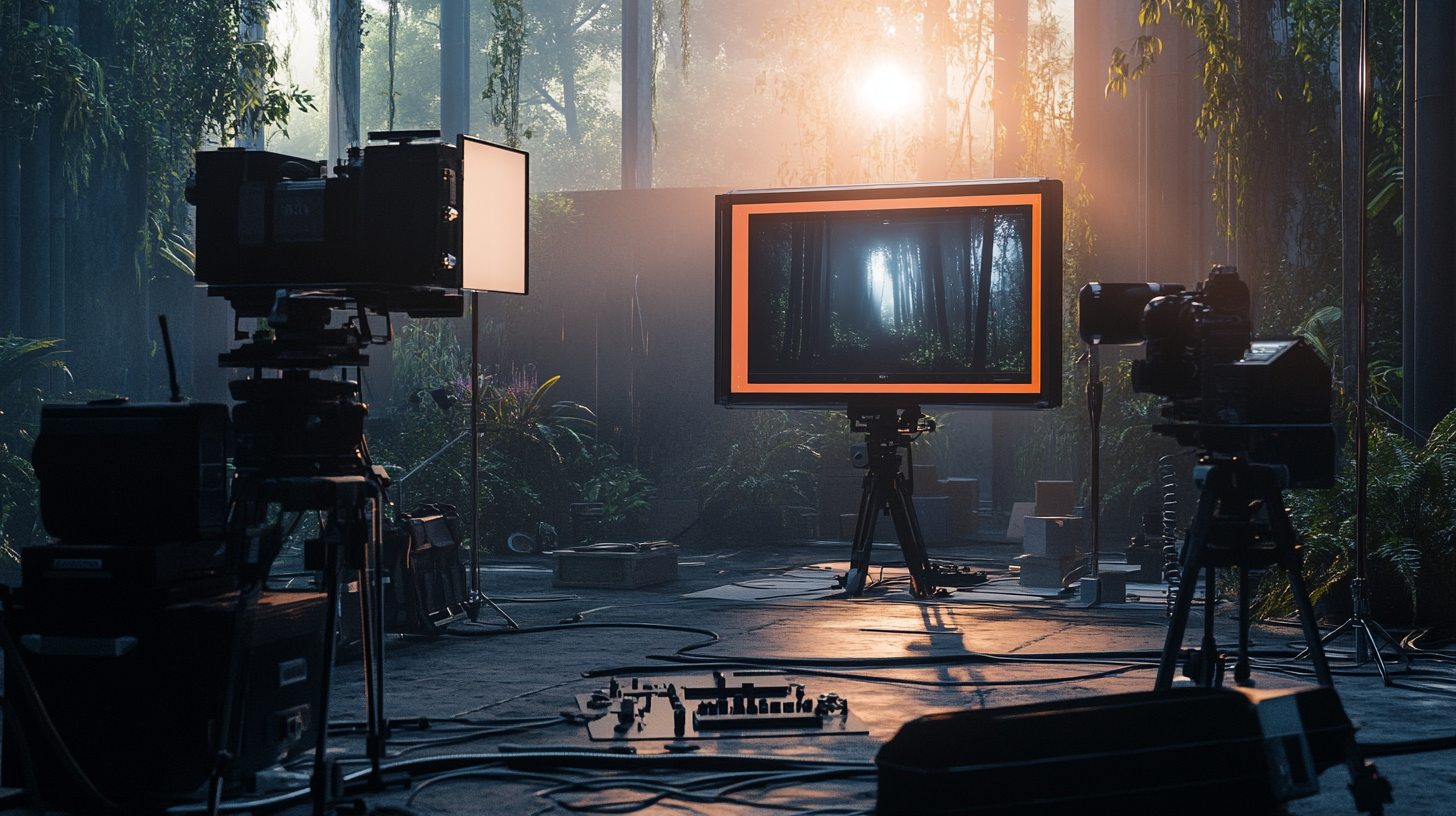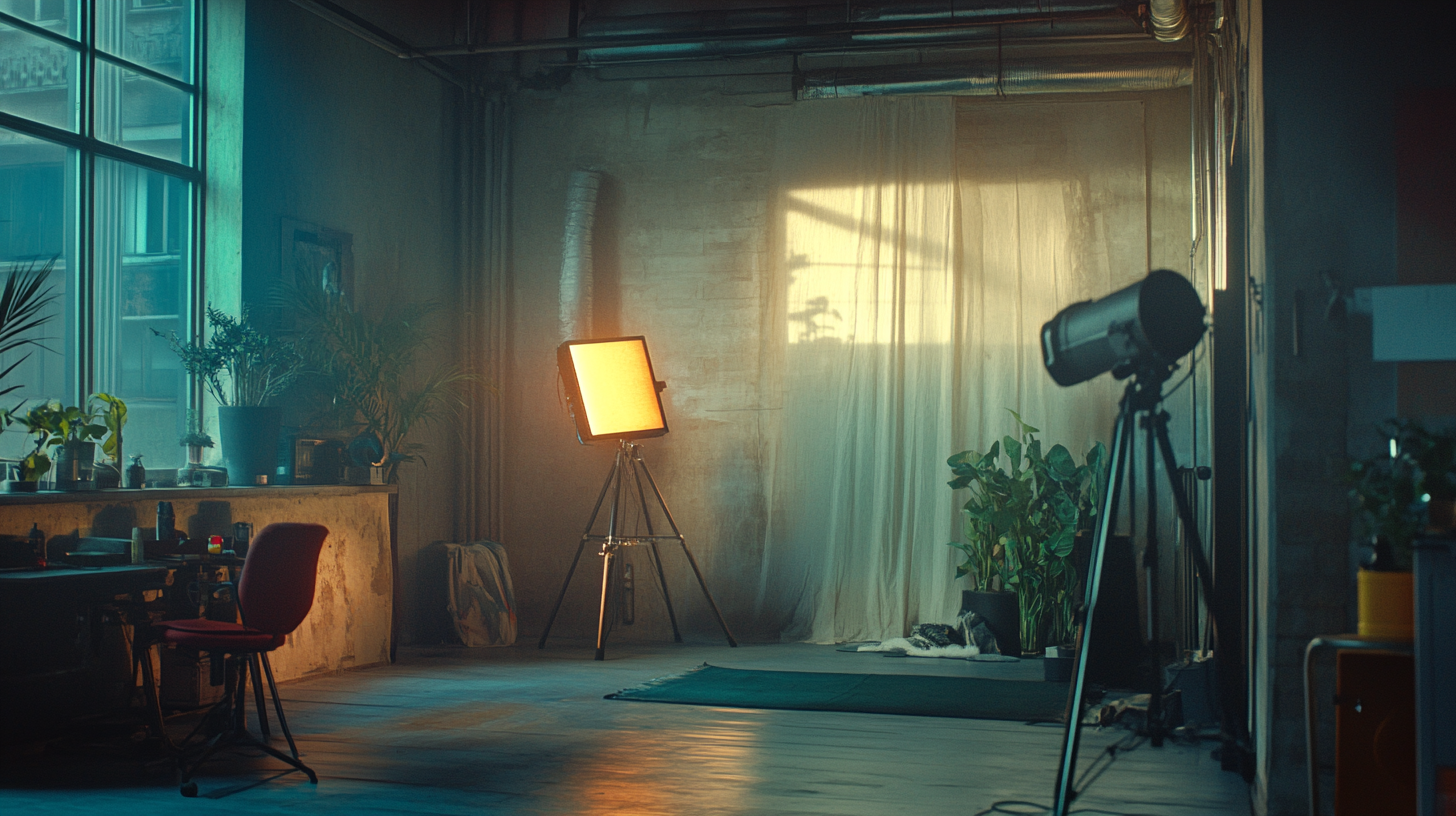Exploring the Unique Features and Applications of Diverse Lighting Solutions
Technological advances are changing how we regard and use lighting solutions in different sectors. As reported by the International Energy Agency (IEA), global investments in energy-efficient lighting technologies have grown to over $40 billion per year; such investments attest that the industry is becoming increasingly "greener" rather than a burden on the environment. In addition, the smart lighting solutions have an increasing market growth forecast: an estimated compound annual growth of 24% by 2026. This brings not only energy efficiency but also newer applications to make our lives more enjoyable.
As we visit more and more kinds of lighting applications, we realize that different lighting systems have specific characteristics depending on the need and personal preference. LED and smart lighting systems and even natural light integrated them will influence home, business, and factory environments. According to a study by McKinsey, advanced lighting solutions can result in an average productivity and wellbeing improvement of up to 20% for businesses. This blog will delve into LED lighting solutions today and their various forms of differentiation and application, illuminating lives-and spaces.

Innovative Lighting Technologies Transforming Our Daily Lives
Innovative lighting technologies are rapidly changing our everyday life to an extent, adding functionality and aesthetics in a way we may not have thought could ever be possible. Smart LED systems that respond to personal preference to those powered by sunlight for sustainability transform the narrative of lighting, be it at home with family, at work, or in outdoor public places. Smart lighting can be programmed to adjust brightness and color temperature based on the time of day or the activity taking place, thus creating an environment that meets our needs and impacts our well-being positively. And then there's evolution-in actual light. A prime illustration is the so-called human-centric lighting, which is intended to use light to benefit our circadian rhythms and overall health. Research points to enhanced concentration and productivity from exposure to particular wavelengths of light, which lends further importance to innovative lighting applications designed for offices and educational institutions. Such improvements spread out through our lives-continuously-more accessible and increasingly attuned to one's desires, may it be whether designs of space have at once been made to simulate natural daylight or homes outfitted with adaptively operating fixtures. The integration of lighting with smart home technology is just one of the many faces of modernity that convenience and efficiency bring into life. A very good example is the ability for homeowners to control their lighting systems remotely so that they can create the mood they want at any occasion or find comfort in knowing that they are not leaving their house while the lights are still on. Predictably as these technologies develop, their actual potentiality for even more personalized lighting options may be defining a brighter, smarter tomorrow in the daily lives of people.

Understanding the Spectrum: Different Types of Lighting Solutions
Lighting solutions gain more and more importance in a time when health and wellbeing standards are attaining significance. As per the Seoul Semiconductor's latest studies, their SunLike series of natural spectrum LEDs elevate the visual comfort and alertness, and stabilise moods towards effects like the enhanced depth of sleep. Undoubtedly, the newest innovation will show how we are all transformed by different types of lighting in our day-to-day activities. In fact, it aligns with the trend of finding wellness in lighting applications.
The different industry forums, such as the one to be held soon on the Full Spectrum and Health Lighting Summit where KooLux will lead, have also mentioned the full spectrum lighting. KooLux is a lighting design software on which the Qunhe Technology has worked, and it is going to complement the many years of foreign software domination in this field, allowing professionals to apply efficiency, swiftness and preciseness in lighting design. This progress reflects long strides towards incorporating more advanced technology in lighting for optimizing the human experience and productivity.
Smart lighting solutions inducting their entry to consumer products, like their partnership between OPPLE Lighting and Huawei, signals the coming in of health-focused functionality addition into today's consumers' undergoings. This is very important as the demand for energy-efficient-and-user-friendly designs peaks. These kinds of innovations won't just change the ways light gets used but will also give an idea of what directions future studies and developments may take in healthier lighting technologies.

Ambient vs. Task Lighting: Choosing the Right Option for Every Space
An understanding of ambient light and task light is critical to the design of spaces that are functional and aesthetically pleasing. The term "ambient" refers to all light in a room; it is the light that provides a soft, pleasant glow that warms an atmosphere. In contrast, "task lighting" is used to furnish illumination for activities requiring light concentration, such as reading, cooking, and studying. The Illuminating Engineering Society mentioned that good lighting could increase productivity by 15%, making the right balance between ambient light and task lighting very important.
Put practically, ambient light comes from ceiling-mounted fixtures, floor lamps, and even natural light from sunlit windows that all work to create a gentle ambience in whichever room. Task lighting, on the other hand, should be aimed at those specific task areas. A desk lamp or under-cabinet lighting in a kitchen is designed to light that one area for intense detail work. In a yet-undated NKBA report, 90 percent of homeowners consider task lighting in the kitchen to be a must-have feature, which is why it is in so much demand in residential design.
Choosing the right form of lighting for any space means considering the function of the space and what activities will take place there. A home office, for instance, will have pleasant ambient light along with bright task lighting, which together foster concentration and allow for efficient work. In addition, according to the American Society of Interior Designers, mixing ambient and task light increases the functionality and comfort of a given room considerably, meeting the needs of its occupants.

Smart Lighting Systems: Enhancing Convenience and Energy Efficiency
Smart lighting systems are changing the way we think about light in residential and commercial settings. The smart building solutions market is expected to reach $2.77 billion in 2024 due to increased demand for convenience and energy efficiency, while keeping a commendable growth up to $6.09 billion in 2033, representing an impressive compound annual growth rate of 10.8% from 2024 to 2033. This trend signifies a vital part that smart lighting plays in upgrading an area aesthetically and sustainably.
Further, the Ethernet-powered lighting market, which crossed $260 million in 2023, will grow at a 19% CAGR from 2024 to 2032. Such growth can be largely attributed to intelligent and automated systems that better performance while optimizing energy use. Smart lighting solutions, powered by modern technologies, adapt not only to user preferences but also to ever-changing environmental characteristics, thus contributing to energy savings.
With an increasing focus on green technology innovations, in particular with the incorporation of AI in energy systems, smart lighting is at the forefront of this endeavor. AI is expected to bolster energy management and operational efficiency in buildings, thereby facilitating the path to zero-carbon architecture. By the year 2025, the anticipated advancements in green technologies will further strengthen the role of smart lighting systems in promoting sustainable and energy-efficient practices around the world.
Creative Applications of Specialty Lighting in Modern Design
Modern design has now considered specialized lighting as a powerful organ for improving both aesthetics and functional considerations. An International Lighting Design Association study affirmed that innovative lighting solutions can add between 10% and 30% to the perceived value of a space. Thus, these lighting features must not only serve illumination purposes, but also play a key role in defining the atmosphere.
All kinds of creative applications of specialized lighting are now being developed across different industry sectors, including retail and hospitality. Dynamic LED displays used in retail for example can turn a dull storefront into an exciting visual experience that will surely draw any customer's attention. According to a study conducted by American Lighting Association, it said that a proper lighting design can increase customer interaction with about 25% increasing the chance of purchases. Where possible conditions for a particular customer such as their moods are met through adopting the conditions likely lighting, it can improve the experience of people. Decorative lighting such as chandeliers and customized wall lighting creates memories and satisfies guests- thus encouraging them to return-who visit hotels.
Specialty lighting also seems to be increasingly integrated into smart homes. The smart lighting solutions market is expected to grow exponentially, reaching $28.5 billion by 2026, as MarketsandMarkets claim. This reflects the growing concept of having customized adaptational lighting, transforming homes according to the mood of the users-for example, from a warm, cozy relaxing glow to vibrant hues set for entertaining. The ever-evolving design landscape will continue to make such imaginative lighting creativity a leading experience in transforming the way any of us interacts with, or experiences, the environments around us.
